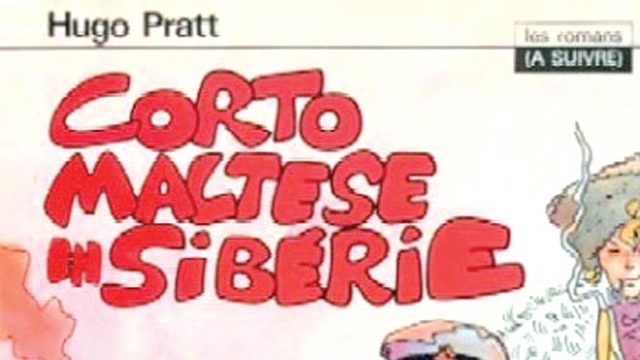Walter Benjamin…,” says Ramnath Babu, friend and globetrotter, violently yanking out a nose-hair with minimum fuss, “speaks of two kinds of storytellers, those who travel and those who don’t.” According to him, the first category has traders and explorers, who bring back tales of unknown lands and peoples. Prominent among them are Marco Polo, Jules Verne, Tintin and Yash Chopra. The second category belongs to those who seldom or never travel outside their chosen homes, and tell stories of the land they inhabit. Unlike the first category, whose stories move in space, theirs move in time. Aesop and Kabir belong to this category. “There is a third category yet, but let’s not meander,” he says.
In graphic literature, too, we have such categories. Hugo Pratt is the creator of Corto Maltese, a popular cult figure, equal parts gypsy and Irish sailor, who traces his origins back to Seville. Corto, a preincarnation of James Bond, travels great distances, falls in love and danger frequently, and articulates Pratt’s understanding of global culture in the days of pre- post-colonial innocence. In Corto Maltese in Sibérie, the story begins at the Bund in Shanghai, deep in opium trade, and travels through outer Mongolia into Russia, involving an armoured train, a Tsarist princess and Fu Manchu-like villains. At the heart of all this blood-curdling adventure is a tender love story, an understanding of Chinese culture, and a spiritual search for identity.
The genre of travel writing in comics is flourishing in America, albeit in a Eurocentric manner. Joe Sacco’s Palestine is an eyewitness account of the writer-artist who spent six months in Israel closely observing the crisis and how it was affecting ordinary people. A cold-blooded account of the ground reality and a wry sense of humour are the ingredients that make it an amazing piece of work.
More recently we have seen the works of the Belgian artist and writer combination, who run the series Les Cites Obscures, in which Francois Schuiten and Benoit Peeters spin yarns about constructed cities that resemble real ones. Their techniques are strongly influenced by the works of filmmaker Georges Melies and art nouveau architects such as Victor Horta. For example, in their work Brüsel, they have created an imaginary city that looks and feels like Brussels, in which conventional architecture and landmarks are twisted into different realities, which look faintly familiar yet altogether new and magical.
Prominent in the second category is Will Eisner. The much celebrated father of graphic novels spent his lifetime documenting a certain street in the Bronx. He meticulously examined the lives of the early Jewish settlers, documented the cramped architecture, dashed hopes and insecurities of a marginalised people. The street, fancifully called Dropsie Avenue, became synonymous with his name. He weaved an entire kabbalistic tone which transformed ordinary streets into places of myth and mystery.
And, there is Georges Remi a.k.a Hergé, the creator of Tintin who never really travelled till he was quite old. So he let his character travel for him.
That brings us back to Ramnath Babu, the globetrotter, as mentioned in his visiting card. “I have never travelled outside Calcutta,” he concludes, “except in my mind. I don’t see the point, when you can construct entire cities in your head.”
And that is the third category—that of imaginary travellers.




